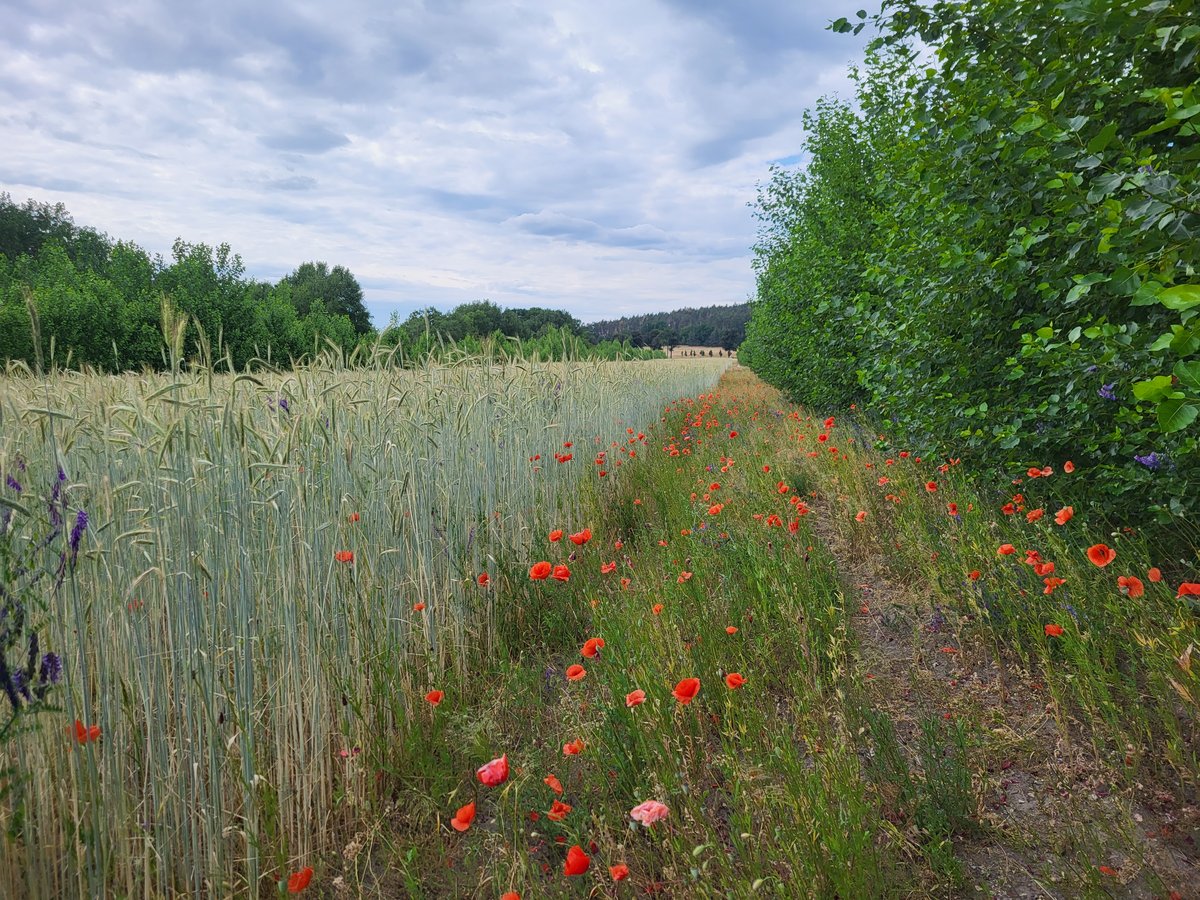1.37 million euros for the conservation of agricultural biodiversity
Fields, meadows and pastures are habitats for many wild animal and plant species. Agricultural landscapes serve as a source of food and create breeding and retreat areas. The increasing intensification and monotonization of agriculture is increasingly reducing the diversity of species. To prevent this, scientists led by Dr. Christian Böhm and Prof. Dr. Klaus Birkhofer at the Brandenburg University of Technology Cottbus-Senftenberg (BTU) are now researching the positive influence of agroforestry systems in close cooperation with the German Association for Agroforestry (DeFAF) e.V. and the German Association for Landscape Management (DVL) e.V. The research project is funded with a total of 1.37 million euros by the Federal Agency for Nature Conservation with funds from the Federal Ministry for the Environment, Nature Conservation, Nuclear Safety and Consumer Protection as well as funds from the Stiftung NaturSchutzFonds Brandenburg. The BTU Cottbus-Senftenberg is receiving 1.02 million euros.
Dr. Christian Böhm has been researching agroforestry systems at BTU for many years and knows the advantages of combining arable crops or grassland with trees and shrubs on a cultivated area. "Agroforestry systems store water more effectively, reduce soil erosion by wind and create new habitats for animals," says project leader Dr. Christian Böhm. "Based on the number, spatial distribution and abundance of insects such as ground beetles, wild bees, butterflies, bugs, short-toed grasshoppers and earthworms, we learn how biodiversity is doing." The researchers want to know what positive effects agroforestry systems bring under current climate conditions and under simulated, lower-precipitation conditions - such as those expected from climate change.
The knowledge gained in the project is to be used to explain fundamental relationships between insect populations and structural diversity in agricultural landscapes, in order to derive sensible measures for intact biodiversity in further steps.
The study area
The studies are carried out on four agroforestry areas in the southern and eastern state of Brandenburg.The agroforestry areas are characterized by simply structured, five to ten meter wide woody strips consisting of one to three tree species. In addition to the tree and cropland areas, self-vegetation and flowering strips located directly at the edge of the grove strips are also included in the investigations.
About the project partners
In addition to the Brandenburg University of Technology Cottbus-Senftenberg (BTU), which is primarily responsible for coordinating the project and monitoring the data, the German Association for Agroforestry (DeFAF) e.V. is primarily active in the areas of public relations and science communication, and the German Association for Landscape Management (DVL) e.V. is active in the area of landscape analysis. Four farms provide the land.
Funding priority: safeguarding ecosystem services
German states: Brandenburg
Duration: September 2022 to August 2027
Total funding volume: 1.365 million euros
BTU funding volume: 1.02 million euros
Project sponsors: Brandenburg University of Technology Cottbus-Senftenberg (BTU), German Association for Agroforestry (DeFAF) e.V., German Association for Landscape Management (DVL) e.V.
Website: https://agroforst-info.de/laufende-projekte/
Sponsor: Federal Agency for Nature Conservation with funding from the Federal Ministry for the Environment, Nature Conservation, Nuclear Safety and Consumer Protection and funding from the Stiftung NaturSchutzFonds Brandenburg
Specialist contact
Bodenschutz und Rekultivierung
T +49 (0) 355 69-4145
boehmc(at)b-tu.de

